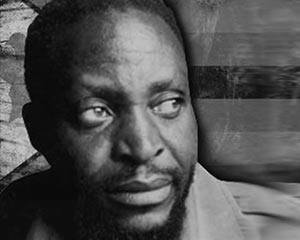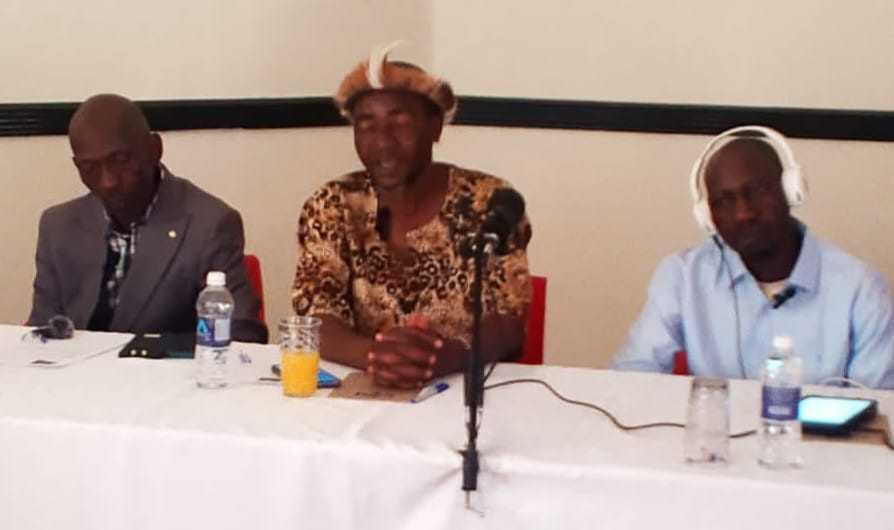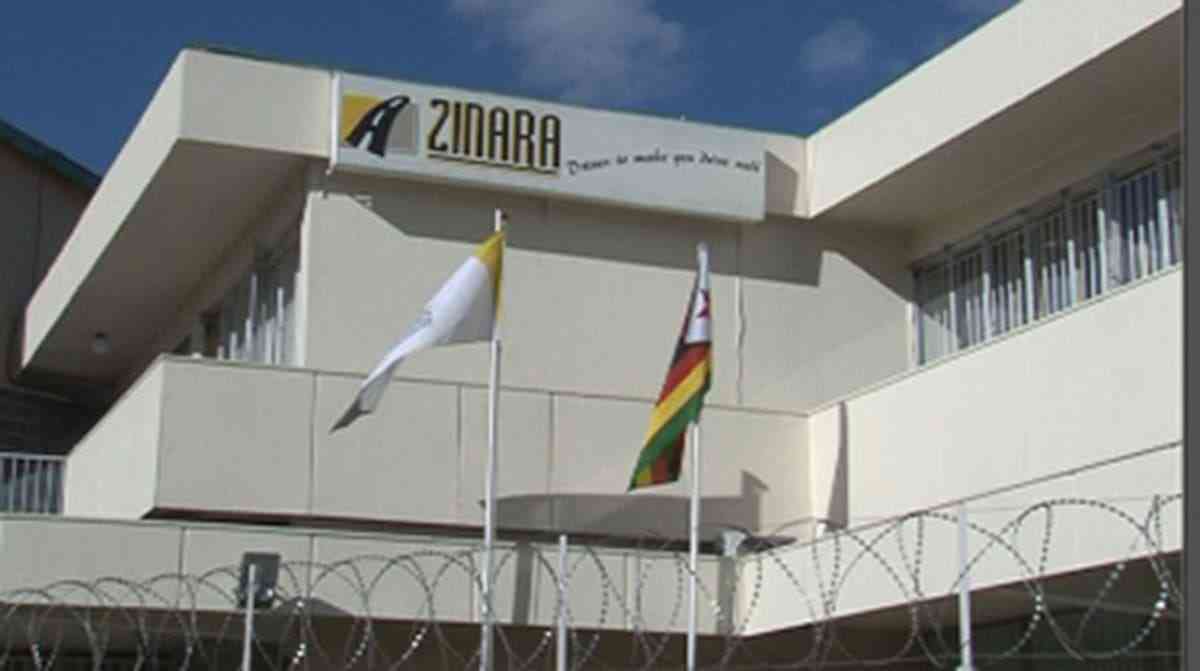
RECENT stories on the life and mysterious death of Josiah Magama Tongogara have generated interest and intense debate among a cross-section of society.
BY OUR STAFF
The Standard was last week inundated with calls from people requesting a comparison of the death of Tongogara, over 33 years ago to that of former army commander General Solomon Mujuru in August 2011.
Tongogara was the Zanla chief of defence during the war of liberation and Mujuru was his deputy. The two were said to have been good friends.
They both died in mysterious circumstances.
The official version is that Tongogara died in a car accident in Mozambique on December 26 1979, a few days after the signing of the Lancaster House Agreement which ended the war of liberation. But another version said he died on December 23 1979, with the death only being announced three days later.
Mujuru on the other hand, is said to have died of carbonation after a “fire accident” at his Alamein farm in Beatrice.
Tongogara family members recently said they doubted the official version, saying only a commission of inquiry would establish the truth. The Mujuru family has also refused to accept a conclusion by a coroner that the late general died of inhaling carbon after a fire accident.
- Chamisa under fire over US$120K donation
- Mavhunga puts DeMbare into Chibuku quarterfinals
- Pension funds bet on Cabora Bassa oilfields
- Councils defy govt fire tender directive
Keep Reading
The family wants the exhumation of his remains to allow for a second autopsy.
Variations in witnesses’ accounts on Tongogara’s demise
A number of inconsistences have been highlighted on how Josiah Tongogara and Solomon Mujuru met their fates.
Zanu PF politburo member, Kumbirai Kangai recently told a local weekly that the accident that killed Tongogara took place at about 9am in Mozambique’s Inhambani Province.
He said Tongogara’s vehicle, a brand new Land Rover, was overtaking a “little” truck but somehow the propeller shaft broke. He said the vehicle then veered off the tarmac, hit an anthill and overturned, killing Tongogara immediately.
But the late Chief Air-Marshal Josiah Tungamirai who was travelling in a vehicle ahead reportedly said the accident happened at night.
According to the reports, Tungamirai said the roads were bad and they passed a military vehicle “carelessly abandoned” with no warning signs at the side of the road.
He could no longer see the headlights of the following car in his rear-view mirror and eventually turned back only to find that Tongogara’s car had struck the abandoned vehicle.
Zanu PF women’s league boss, Oppah Muchinguri sat behind Tongogara in the same truck with four others.
Muchinguri, who survived without a scratch, told Moto magazine in 2002, that their vehicle side-swiped a trailer of a truck they were trying to overtake before rolling twice.
She said the accident happened 5km from a place they had a combined breakfast and lunch, meaning that it was during daylight.
Muchinguri suggested the truck which side-swiped Tongo’s was moving, but other versions say it was stationary.
There are theories that Tongogara was shot and killed before an accident was staged. Tongogara’s children recently said images of their father’s body depicted a burnt body not congruent with an ordinary side-swiping.
Angeline Gamanya, mother of Tongogara’s four of his 10 known children, said she was not allowed to see the body.
But Zanu PF reportedly released a statement from an undertaker saying Tongogara’s injuries were consistent with a road accident. The undertaker also confirmed, in a television documentary in 1982 called Tongo, that the theory of gunshot wounds on Tongogara’s body was false as he personally inspected the body.
However, no autopsy results or pictures have ever been released. The Standard this week publishes a picture which the Tongogara family says is of the body of the deceased.
The pictures are also on display at the Midlands Hotel in Gweru owned by the late politician Patrick Kombayi’s family, a former friend of Tongogara.
The pictures appear to show a burnt body, but this could not be independently verified.
Theories on how General Mujuru met his death
The Mujuru family and associates suspect that the former army commander could have died before the fire at his farmhouse started. Last year, family lawyer Thakor Kewada told The Standard that Mujuru’s family and his associates suspected that some of the workers and security personnel at the farm knew of what really happened to Mujuru.
Kewada said his clients suspected he was killed before the fire started and thereafter the body planted in the house and the fire started as a cover up.
There was also a theory that white phosphorous or TNT explosives were used to burn Mujuru’s body after the alleged murder.
A number of inconsistencies were also pointed out which the family believes proved there was foul play.
The Harare Fire Brigade said investigations showed that the fire started in two places, an indication that arson could have taken place.
Mujuru’s vehicle was unusually parked at the back of the house. It was unlocked, and his cellphone, groceries and jacket were still inside, which is strange considering that he wished to wake up early in the morning at around 2am.
The vehicle keys have never been found up to today.
South African forensic experts admitted the samples they were given to examine were contaminated because of poor storage by police in Zimbabwe.
They did not find any traces of explosives yet the investigating officer, brought 6kg of ammunition, including spent cartridges which exploded due to the intense heat.
Zesa experts also ruled out an electrical fault as the cause of the fire and the theory of the candle has also been dismissed.
While Mujuru’s body was charred, it was surprising that the curtains survived the inferno. Questions therefore still remain as to how the curtains survived while Mujuru did not, suggesting that the general could have been burnt in a controlled fire which later spread to the whole house.
Cuban pathologist, Dr Gonzales Alvero admitted he did not do a thorough examination because he could not draw blood samples and test organs because Mujuru’s body was completely charred. But pictures of the body which were shown to The Standard prove that from the neck to the groin, body parts, including the lungs and kidneys were intact.
The pathologist also admitted that he did not have the requisite equipment such as an X-Ray machine.
So with all these questions still lingering about the death of Tongogara and Mujuru, observers said it remained to be answered whether the revolution from time to time devours some of its own?










